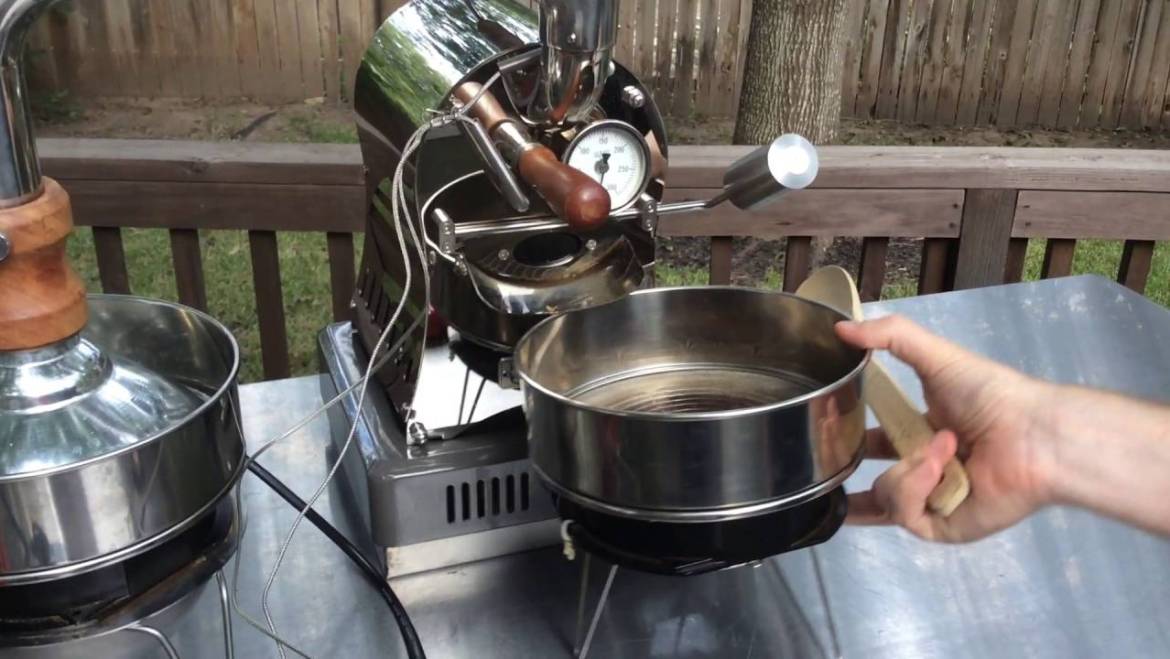Introduction
Roasting your coffee beans at home has become increasingly popular among coffee enthusiasts. The process allows you to enjoy the freshest and most flavorful coffee, customized to your taste. In this comprehensive guide, we will share 4 effective tips to roast your coffee beans at home like a pro. Follow these steps and you will soon be enjoying the ultimate coffee experience.

Choosing the Right Beans
1. Sourcing High-Quality Green Beans
To achieve the best roast, start by selecting high-quality green coffee beans. Look for beans that have been ethically sourced and properly stored. Here are some factors to consider:
- Origin: The taste of coffee varies depending on the region it is grown in. Experiment with beans from different countries to find your favorite flavor profile.
- Variety: Different coffee varieties offer unique taste characteristics. Some popular varieties include Bourbon, Typica, and Gesha.
- Processing method: The method used to process the beans (wet, dry, or honey) affects the flavor. Each method highlights different taste attributes.
2. Understanding Bean Profiles
Different coffee bean profiles will affect the roast and, ultimately, the taste of your coffee. Lighter roasts preserve the beans' natural flavors, while darker roasts result in bolder, more intense flavors. Determine your preferred roast level and aim for consistency in your roasting process.

Selecting the Perfect Roasting Equipment
3. Choosing the Right Home Roasting Method
Several home roasting methods are available, each with its advantages and drawbacks. Some popular options include:
- Air poppers: Affordable and easy to use, air poppers are a great option for beginners. However, they can be limiting in terms of roast control.
- Drum roasters: These machines offer greater roast control and are ideal for those looking to experiment with different roast profiles. The downside is their higher price point.
- Oven roasting: If you don't want to invest in specialized equipment, oven roasting is an accessible option. Keep in mind that temperature control may be challenging.
Mastering the Roasting Process
4. Learning the Roasting Basics
To achieve a perfect roast, consider the following factors:
- Temperature: The roasting temperature should be between 350°F and 500°F (175°C and 260°C). Monitor the temperature closely to avoid over-roasting.
- Roast duration: The ideal roast time varies based on your desired roast level and the equipment used. Typically, lighter roasts take 8-10 minutes, while darker roasts can take up to 15 minutes.
- Agitation: Stir the beans frequently to ensure an even roast. This is crucial for all roasting methods, especially oven roasting.
5. Recognizing Roast Milestones
Familiarize yourself with the key milestones during the roasting process:
- First Crack: This is an audible cracking sound that occurs when the beans expand and release moisture. This is the light roast stage.
- Second Crack: A quieter cracking sound indicates the beans have reached a medium to dark roast level. Proceed with caution, as beans can burn quickly beyond this point.
6. Cooling and Degassing
After achieving the desired roast level, quickly cool the beans to stop the roasting process. Spread them on a cooling tray or use a fan to expedite the process. Allow the beans to rest for 12-24 hours to degas, which is the release of carbon dioxide trapped during the roasting process. This resting period helps develop the coffee's flavor.
Storing Your Freshly Roasted Beans
7. Choosing the Right Storage Container
Proper storage is essential to preserve the freshness of your roasted beans. Use an airtight container made of a material that doesn't absorb odors, such as glass or stainless steel. Avoid exposing the beans to light, heat, and moisture.
8. Optimizing Storage Conditions
Store your beans in a cool, dark, and dry place. The ideal storage temperature is between 50°F and 70°F (10°C and 21°C), with a relative humidity of 50-60%. Keep the beans away from strong odors, as they can absorb them and affect the coffee's taste.
Conclusion
Roasting your coffee beans at home offers a rewarding experience that allows you to enjoy the freshest, most flavorful coffee tailored to your preferences. By choosing the right beans, selecting the perfect roasting equipment, mastering the roasting process, and storing your freshly roasted beans properly, you can become a home roasting expert. Experiment with different beans and roast profiles to discover your perfect cup of coffee. Happy roasting!




Add Comment